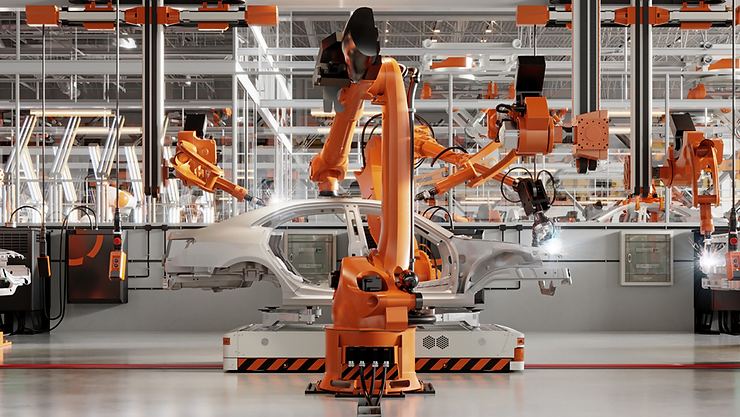How voice-first vehicle technology is driving the future
There are more than a billion vehicles in use around the world and more than 60 million new cars are sold each and every year. With this ever-increasing number of vehicles on the road, comes an unprecedented need for more intelligent transportation – that’s where connected cars and vehicles come in.
There are an increasing number of connected cars utilising the power of voice AI to provide safety and performance monitoring, recording and analysis. This same technology also allows drivers and passengers to connect to people, places, updates and entertainment hands-free.
Voice is the future
Voice is rapidly becoming the preferred method for asking questions, accessing information and completing tasks quickly and conveniently.
For this reason car companies are beginning to invest in voice AI technology.
Automotive innovation fast facts
- It’s projected that by 2025 there will be more than 400 million connected cars in operation.
- By 2035 that number will skyrocket to more than 860 million.
- 96% of new vehicles shipped worldwide will have built in connectivity by 2030.
- Around 76% of auto manufacturers are investing in AI or are planning to.
- About 33% of new cars could feature AI technology by 2025.
- AI technology is expected to contribute to a 15% increase in fuel efficiency.

Voice AI in automotive manufacturing
Voice AI will not only change the vehicles that are built, it will transform the entire business of how they are built. Automotive manufacturing used to rely heavily on manual labour. Time heavy processes were required for testing, data collection and production. AI systems like Ask Harry eradicate these issues.
Contact Harald Chief Product Officer, Matt Denton says voice AI stands to completely change the way vehicles are designed and built.
“Voice AI provides rapid and intelligent pathways to connect people, equipment and databases together, and it does so using conversational commands that work alongside artificial intelligence and business logic,” Matt said.
“This reduces time heavy tasks through the manufacturing process, improves efficiencies and enhances decision making along the way,” he said.
Enhanced safety
The possibilities of voice AI in vehicles are endless. At a safety level, automatic braking, lane keeping, voice powered navigation, and real time access to data from cameras and sensors will offer a safe and supported driving experience for anyone behind the wheel.
Voice AI systems like Ask Harry can also check in with drivers on long trips and alert to any deviations from safe driving behaviours, adding an extra layer of safety on the road.
“AI is expected to reduce vehicle accident rates by up to 90% by the year 2030.” Source: Gitnux
Voice AI and vehicle innovation is happening now
Adopting a voice-first approach to vehicles provides the best possible experience for all. Auto makers stand to streamline their systems, increase safety protocols and minimise costs while consumers will enjoy enhanced safety, comfort and convenience.
“The automotive industry is currently experiencing a transformation and voice AI connected systems such as Ask Harry are perfectly placed to create smarter, safer driving, logistics and transportation experiences,” Matt said.
“When it comes to the adoption of voice and AI technology in vehicles on a wide scale, it’s not a matter of if, but when. That ‘when’ is coming sooner than we all realise. Actually, it’s already here,” he said.




